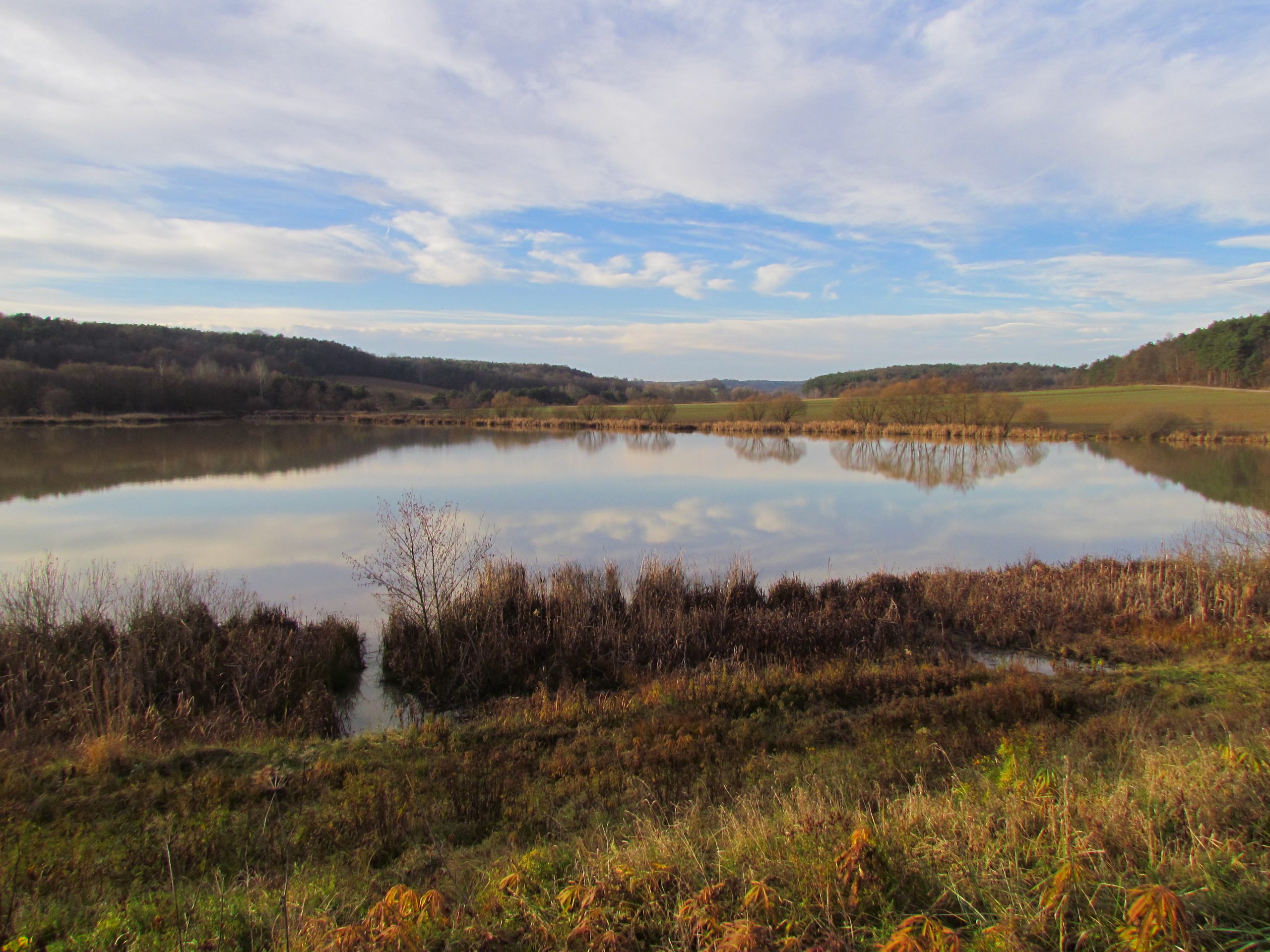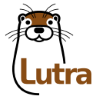
In the framework of cross-border cooperation with Hungary, supported by the Phare funds, a one-year project took place at Lake Hodoš. The project was entitled to present by the Municipality of Hodoš and was prepared by partner organization Lutra, Institute for Conservation of Natural Heritage (with its organizational unit Lutra pannonica). In addition to the neighboring municipality of Šalovci, the National Park Őrszeg and the WWF Hungary were the cross-border partners of the project.
Lake Hodoš covers 5.2 ha of area and is artificial. Initially, the lake was intended to hold a high wave, to retain water for irrigation of agricultural land, to increase the possibilities for fishing on water poultry and extensive fishing tourism. The lake was built on a natural disreputable depression as a replacement for aquatic areas lost through reclamation and land consolidation in the 1980’s and 1990’s. Due to pollution from the hinterland, the lake is in eutrophic state and its management is not defined. The entire municipality of Hodoš lies in Goričko Nature Park, therefore the lake plays an especially important role: as an otter’s habitat, where the majority of the population lives, is suitable for a special protection area (which indirectly relates to the Landscape Park Velika Krka in Hungary). With the protection and sustainable regulation of the lake, adequate habitat conditions for the European beaver, which returned upstream along the river Krka on its former habitats, were provided. The findings show that in these places in the territory of Slovenia, beaver survived the longest before extinction (“hod” in the Hungarian language means “beaver”).
The main purpose of the project was to provide a habitat for otter (Lutra lutra), an endangered species in Europe and protected by international conventions, which at the same time symbolizes the preserved aquatic environment. We wanted to preserve and protect one of its central habitats in the Goričko – ecosystem of the Lake Hodoš with the “Dolenjski creek” – and to create a professional foundations for sustainable multifunctional use of the lake. We prepared lists of key plant and animal species with special regard to the rare and endangered species from the Natura 2000 list. The project included a list of pollutants in the catchment area of the lake and a proposal for appropriate sustainable methods of rehabilitation (built swamps, ecoremediations). Enhanced cooperation between border nature conservation organizations was foreseen, linked by the common interest in protecting the water catchment area of the river Velika Krka and its natural values within the trilateral landscape park Goričko-Örseg-Raab, which aims to contribute to education and awareness of the population on both sides of the boundary on water management as key and in the Goričko area critical natural resource, and connect them with nature conservation actions in preserving the common natural heritage.
Project planners set also a wider, but no less important, goals that the project has achieved indirectly. The first area involved raising the educational level, raising awareness and awareness of the local population and especially the local administrative structures in the field of natural water resources management, their protection and protection of valuable natural features within the Goričko Landscape Park. Also, the arrangement of Lake Hodoš as the secondary habitat of otter, at least partially compensated for the negative impacts caused by the construction of the 5th European Transport Corridor (Puconci-Hodoš-state border with Hungary) railway line to freshwater ecosystems in water catchment area of the river Velika Krka.
Title: Towards cleaner water with otter
Applicant: Municipality of Hodoš
Partners:
- LUTRA, Institute for Conservation of Natural Heritage, Ljubljana, OE LUTRA PANNONICA, Peskovci
- Municipality of Šalovci
- Örszeg National Park
- WWF Hungary
Funding program: Phare – Small Projects Fund – cross-border projects with Hungary (CBC)
Duration: from July 2003 to June 2004
